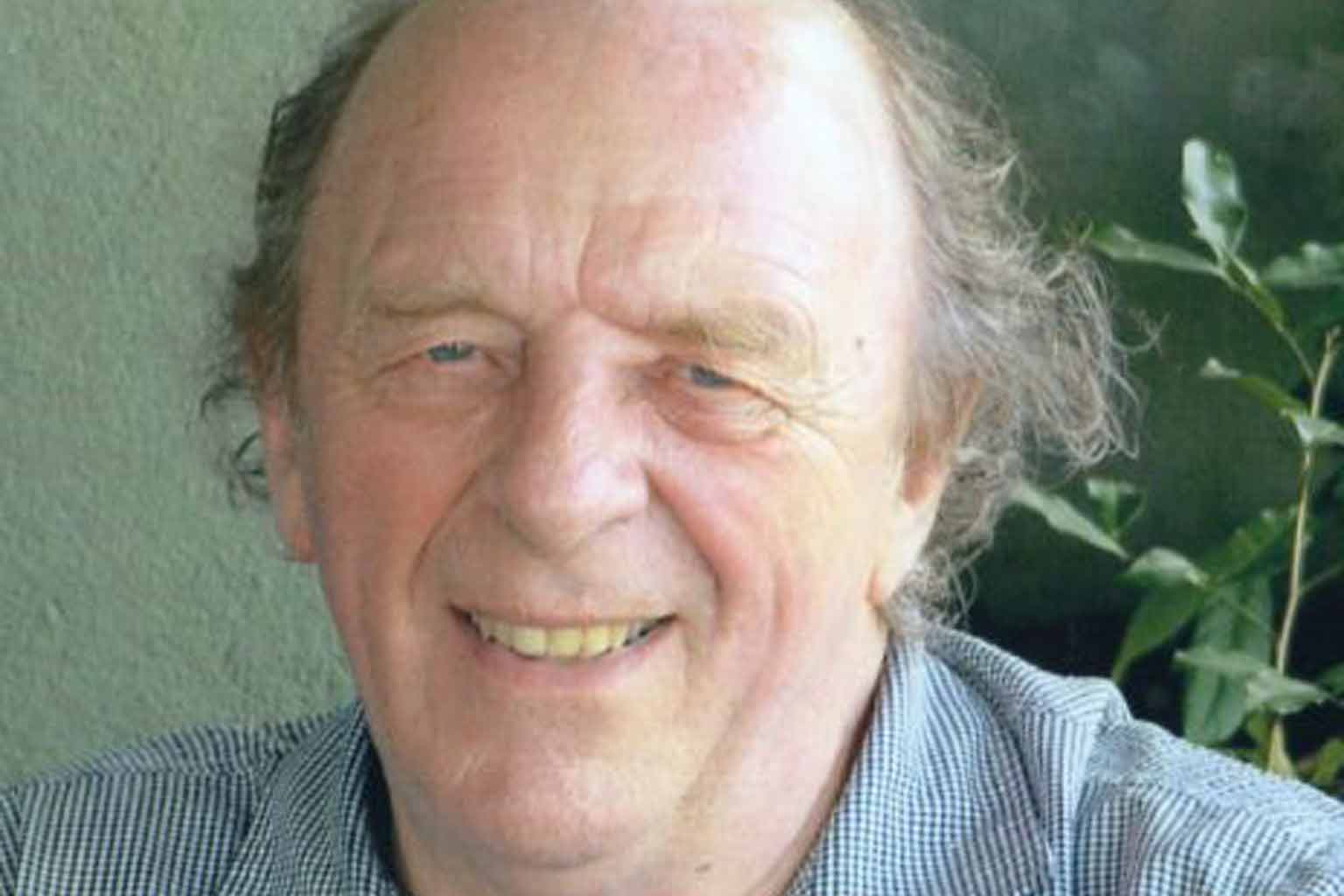Planner acclaimed for his devotion to the preservation of the environment and national parks of Scotland
‘Every decision he made was geared to saving the environment’

Your support helps us to tell the story
From reproductive rights to climate change to Big Tech, The Independent is on the ground when the story is developing. Whether it's investigating the financials of Elon Musk's pro-Trump PAC or producing our latest documentary, 'The A Word', which shines a light on the American women fighting for reproductive rights, we know how important it is to parse out the facts from the messaging.
At such a critical moment in US history, we need reporters on the ground. Your donation allows us to keep sending journalists to speak to both sides of the story.
The Independent is trusted by Americans across the entire political spectrum. And unlike many other quality news outlets, we choose not to lock Americans out of our reporting and analysis with paywalls. We believe quality journalism should be available to everyone, paid for by those who can afford it.
Your support makes all the difference.Huge progress in the improvement of the environment was achieved in Scotland in the wake of legislation following the Royal Commission on Local Government chaired by Lord Wheatley, which established regional authorities. Strathclyde Region transformed the provision of services, particularly in the outer islands.
But nowhere was success more marked than in Central Region, stretching from Bo’ness/Grangemouth on the Forth estuary to Tyndrum and Crianlarich, gateways to the Highlands. And it was due in no small part to the energetic and imaginative founding Chief Planning Officer of Central Region, Frank Bracewell.
As James Anderson, convenor of Central Region, told me, “Frank Bracewell discharged his duties extremely well. Every decision – and he was wisely decisive – was geared to protecting the environment. Among his many initiatives were the Bo’ness Steam Railway, the Birkhill Clay Mine (which he preserved for visitors) and Mugdock Castle, near Milngavie, and – above all – Loch Lomond National Park.”
Baroness Shirley Williams was a friend of Bracewell for 40 years, and when in Scotland frequently stayed with he and his wife Shirley, a gifted potter and gardener. She told me, “He was widely recognised among planners and country lovers as cherishing and nurturing the national heritage, and as an outstanding champion of national parks. The Bracewells and I walked the West Highland Way together – and later the remote areas of the Sisters of Kintail, which had been bought for £12,500 in 1944. We recommended to the National Trust of Scotland that they should enhance their guardianship of that wonderful mountain area – which they did.”
Both Bracewell’s parents worked in the Burnley mills; his father, a calico weaver, was a friend of Bob Lord, the butcher who became chairman of Burnley FC and a mighty power in the higher echelons of the Football Association and Football League (he was described by Arthur Hopcraft, unkindly but accurately, as “the Krushchev of Burnley”). Bracewell recalled being taken to Turf Moor, where those great artists, Jimmy McIlroy and Jimmy Adamson, were in their pomp under Harry Potts.
He also recalled visits to Nelson Grammar School from that remarkable, diminutive MP Sydney Silverman. “The Lion of Judah” made a great impression, not so much on account of his ultra-left politics but rather on issues such as the abolition of capital punishment and the fight against urban squalor which was to become one of the causes of Bracewell’s life.
After a BSc at Burnley Further Education College, Bracewell went to the University of Liverpool to obtain a degree in planning, and an MRTPI, or mastership of the Royal Town Planning Institute. He told me that he had greatly benefited from the experience of doing his National Service as a lieutenant in the Royal Engineers in the British Army of the Rhine – not least because, he said, “the sappers, bless them, gave me opportunities to learn how to ski and sail.”
His first job was at Looe. In 1962 the Cornish authorities told him, “We don’t want to lose you – and you must be mad to want to go to a job in Glasgow.” But he relished a challenge, and played his part in the Planning Department, charged with the regeneration of the city.
He was then poached by Stirling Council, and was a natural choice to become Director of Planning for Central Region in 1974. One of his achievements was to pioneer a closer working relationship with the National Trust for Scotland, then run by the benign and enlightened dictatorship of its chairman, the Earl of Wemyss, and its secretary, James Stormonth-Darling. His contribution to planning in the UK was extremely significant.
Frank Bracewell, local authority planning officer: born Worsthorne, Burnley 18 May 1929; Chief Planning Officer, Central Region 1974-89; married 1956 Shirley Aucock (died 2006; two sons); died Stirling 14 November 2014.
Join our commenting forum
Join thought-provoking conversations, follow other Independent readers and see their replies
Comments